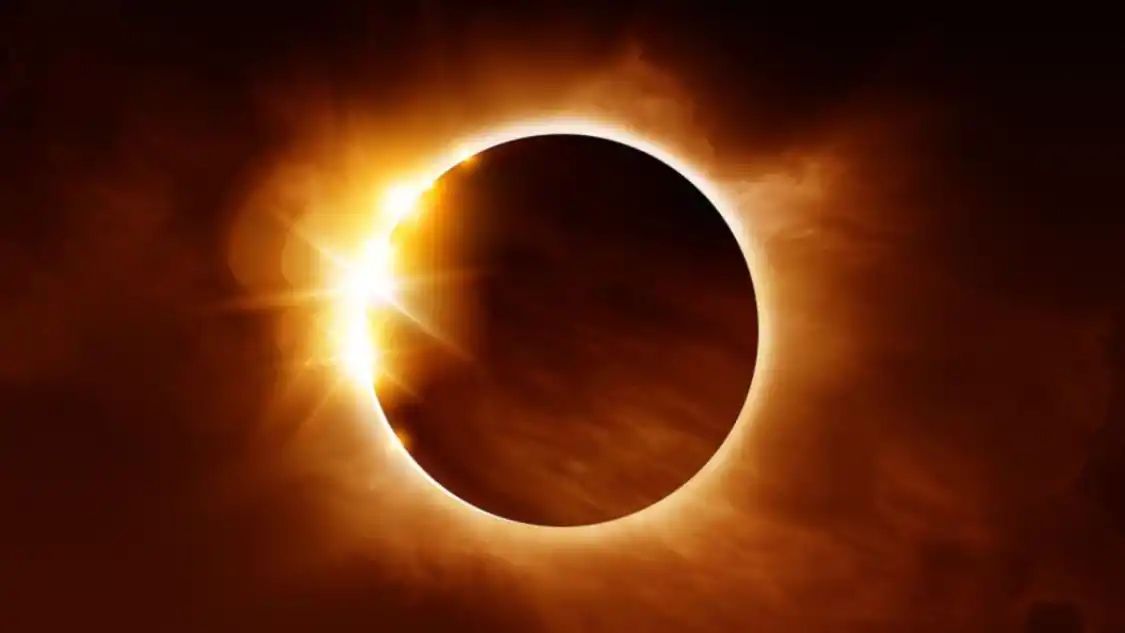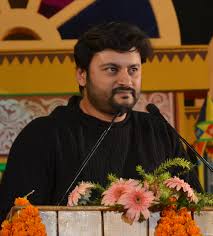
Today, October 25, certain areas of the nation will be able to witness a rare partial solar eclipse. A partial solar eclipse will be seen over India for the first time in more than ten years, and it won’t happen again for another ten.
PARTIAL SOLAR ECLIPSE: WHAT IS IT?
When the Sun, Moon, and Earth are not quite lined up, there is a partial solar eclipse, which causes the Sun to appear to have a black shadow covering a portion of its surface. A partial solar eclipse has three phases: the beginning, when it reaches its maximum, and the finish.
The first solar eclipse of the yea” took place on April 30, making Tuesday’s eclipse the last one to happen this year.
An annular eclipse will be the next significant solar eclipse to be viewable from India on May 21, 2031, when the annularity can be seen from a small area of land in south India.
The next total solar eclipse will be viewed from India on March 20, 2034, and the totality will be seen from the northernmost region of Kashmir.
DOS AND DON’T’S
The eclipse must be observed with the utmost caution. Even while the eclipse may be seen to the unaided eye, the sun’s rays can seriously damage the eye.
Using appropriate sun filters, such as eclipse glasses, is the safest way to see the eclipse. These eyewear items, which are comprised of materials like aluminized Mylar or black polymer, will assist shield your eyes from harm.
During the eclipse, it is essential that all road users always drive with their headlights on.
SCHOOLS, TEMPLES SHUT
The Odisha Government declared today a public holiday on account of the solar eclipse. All government offices, schools, colleges, educational institutions, courts, banks and other financial institutions will remain closed on Tuesday, according to an official release.
In Tirupati, the Lord Venkateswara temple will remain closed for about 12 hours because of the solar eclipse. A temple official told PTI the temple will be closed from 8:11 am to 7:30 pm.










